
Virtual Presence: Toward an Architecture Without Materials
IDEAS Technology Studio
2021
Constructing architecture enhanced by and built with media, the “Virtual Presence” studio investigates scenarios where occupants of such architectures travel seamlessly between the digital and physical worlds. Although the native stasis of architecture has traditionally been in the domain of the physical world, what the current natural disasters (the pandemic, wild fires etc.) has shown us is that we will progressively rely more on virtualization of real world contexts for work, socialization, economy and entertainment as the natural world continues to become more contentious to human health and comfort due to climate change.
Based on this notion of virtualization, the fall quarter sequence, “NiFTy Museum” envisions a VR based immersive platform to exhibit, experience and trade cryptoart. Historically the art market operates on the premise of scarcity and uniqueness. After the invention of photography and film in the early 20th century, mass media became the dominant conduit for distribution and consumption of images. The artist/artisan dependent artistic production became less about the skillful expression of reality as image but rather about the “idea” behind the image; giving birth to conceptual art. The current interest of market forces in digital art and their trading platforms are only consequences of the long process of such “dematerialization” of the art object. Art becomes less about the physical space that a painting or sculpture occupies but more about the uniqueness of the idea behind it. In the era of art as idea, what exactly does a museum or an art collector own? And how is “scarcity” of art solely based on ideas rather than materiality managed? This high level of subjectivity has turned the art market into a highly speculative and unregulated realm.
This dematerialization also affects the buildings that house art. Current forms of architecture programmed to exhibit, archive and document objects are being challenged by the digital accessibility of images and data based cybernetic presentations of the Internet. Contemporary museums not only struggle to archive and store collections, but also often fail to present compelling narratives in regards to the depth of their collections. These circumstances yield to passive public receptions in regards to the process of curation, where the curators rely on the cultural relevance of punchy titles and celebrity artists rather than curatorial coherence of exhibits. Often museum interiors are viewed as empty vessels without any direct dialogue and relationship with the contents of their interiors. As a result, many of the items in the collections remain inaccessible and detached, and the curatorial foci of institutions cease to effectively engage the public.
Due to this radical abstraction and dematerialization of art and architecture and the birth of cryptoart, the studio is tasked to envision and design a virtual museum/ marketplace where cryptoart can be viewed, experienced and purchased in VR. In this architectural interface, a dynamic relationship through motion and interaction is achieved. In parallel to the virtual museum, the brief requires a physical structure, somewhere on earth, which has the sole purpose of generating the energy required to maintain the digital collection/platform. Selling an artwork on a blockchain is a technically challenging paradigm. Currently many of these websites that operate as marketplaces for cryptoart are based on the Ethereum blockchain. Due to its intended inefficiency, Etherium is a very ecologically costly process, consuming immense amounts of electricity and energy. Taking the calculated carbon footprint of the NiFTy Museum as its starting point, the studio aims to expand the virtual possibilities of art and architecture, meanwhile taking a conscious approach toward offsetting its environmental impact.
Related Faculty |
Güvenç Özel, Benjamin Ennemoser |
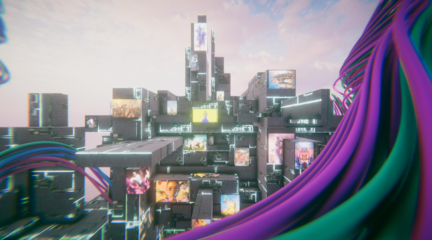
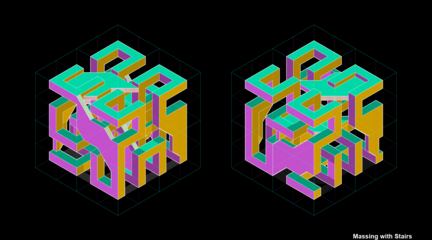

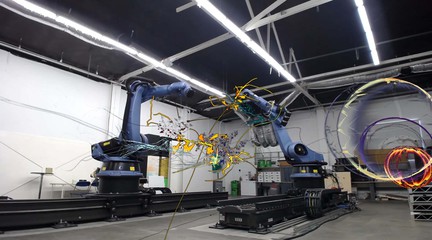

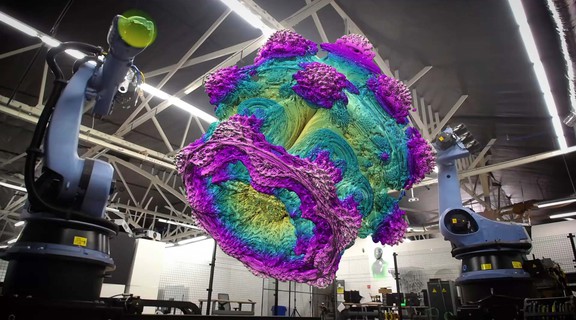


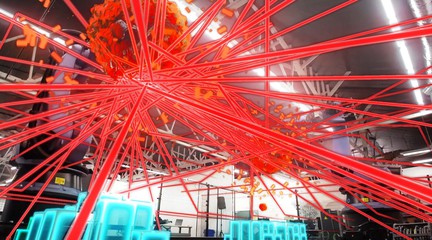
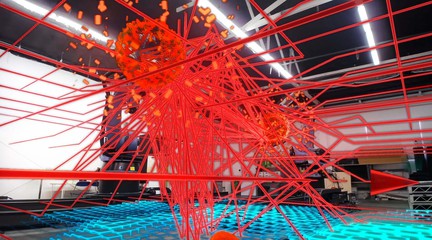




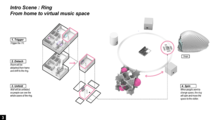
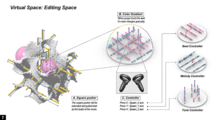





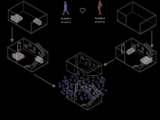



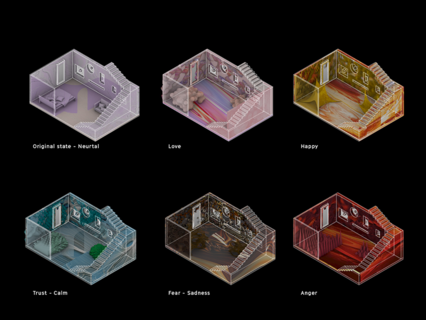
- Yumin Kim and Zeynep Ege Odabasi
- Yumin Kim and Zeynep Ege Odabasi
- Yulu Wang and Yixiao Wei
- Hanshi Li and Jiayan Cao
- Hanshi Li and Jiayan Cao
- Sidney Ortega and Xueying Zou
- Winter 2021 Showreel
- The Dancing Sparkles by Yulu Wang and Yixiao Wei
- The Dancing Sparkles by Yulu Wang and Yixiao Wei
- The Dancing Sparkles by Yulu Wang and Yixiao Wei
- Mandelbulb by Hanshi Li and Sidney Ortega
- Mandelbulb by Hanshi Li and Sidney Ortega
- Mandelbulb by Hanshi Li and Sidney Ortega
- Mandelbulb by Hanshi Li and Sidney Ortega
- Magnetic Distortion by Zeynep Ege Odabasi and Yumin Kim
- Magnetic Distortion by Zeynep Ege Odabasi and Yumin Kim
- Magnetic Distortion by Zeynep Ege Odabasi and Yumin Kim
- Magnetic Distortion by Zeynep Ege Odabasi and Yumin Kim
- Fall 2020 Showreel
- Interactive Music Space by Yumin Kim and Chihping Liu
- Up-Side Down by Xueying Zou and Zeynep Ege Odabasi by Xueying Zou and Zeynep Ege Odabasi
- Yumin Kim and Chihping Liu
- Yumin Kim and Chihping Liu
- Yumin Kim and Chihping Liu
- Yumin Kim and Chihping Liu
- Yumin Kim and Chihping Liu
- Yumin Kim and Chihping Liu
- Yumin Kim and Chihping Liu
- Yumin Kim and Chihping Liu
- Xueying Zou and Zeynep Ege Odabasi
- Xueying Zou and Zeynep Ege Odabasi
- Xueying Zou and Zeynep Ege Odabasi
- Xueying Zou and Zeynep Ege Odabasi
- Xueying Zou and Zeynep Ege Odabasi
- Xueying Zou and Zeynep Ege Odabasi
- Xueying Zou and Zeynep Ege Odabasi